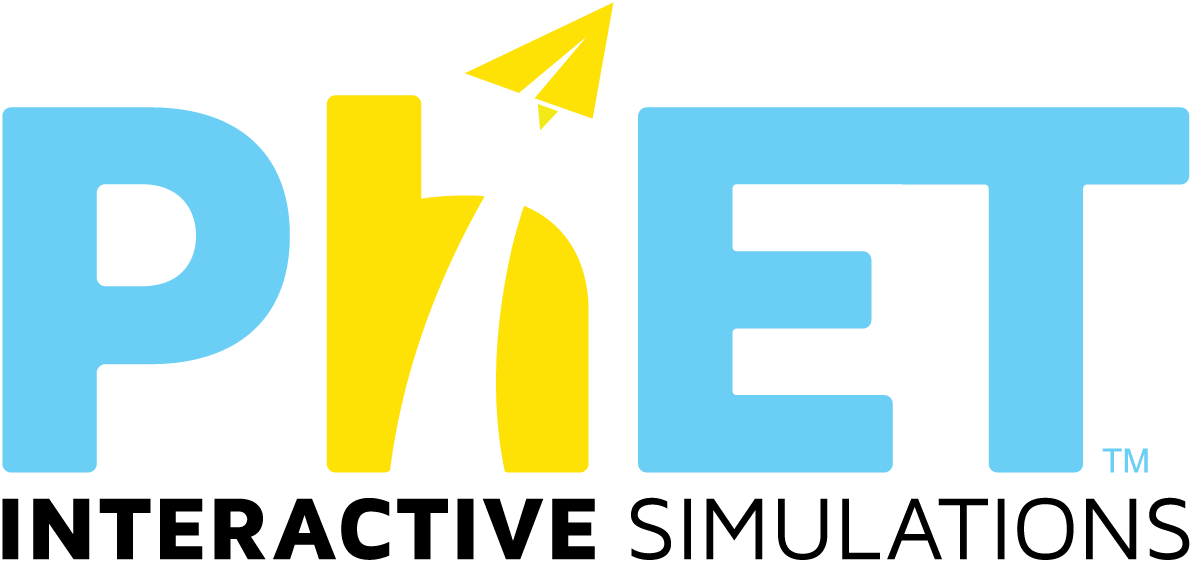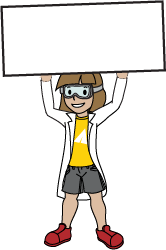137 Such-Ergebnisse, passend zu molecular shape or geometry
Simulationen
- Aggregatszustände (HTML5)
- Aggregatszustände: Grundbegriffe (HTML5)
- Dipolmoleküle (HTML5)
- Molekulare Polarität
- DNS-Molekül strecken
- Eigenschaften von Gasen (HTML5)
- Flächen belegen (HTML5)
- Funktionen Düse (HTML5)
- Funktionen Düse (Einstieg) (HTML5)
- Genexpression: Grundlagen (HTML5)
- Genexpression - die Grundlagen
- Graph einer Funktion
- Wellen Interferenz (HTML5)
- Mikrowellen
- Molekularmotor
- Moleküle bauen (HTML5)
- Molekülgeometrie - Grundlagen (HTML5)
- Molekülgeometrien (HTML5)
- Optische Pinzetten und Anwendungen
- pH Skala (HTML5)
- Quadratische Kurven (HTML5)
- Quanten gebundene Zustände
- Reaktanden, Produkte und Reste (HTML5)
- Reaktionsgleichungen ausgleichen (HTML5)
- Reibung (HTML5)
- Saure & basische Lösungen (HTML5)
- Schwarzkörper Strahlung (HTML5)
- Viereck (HTML5)
- Zucker- und Salzlösungen
Beiträge
- Molecular Geometry Flash Cards
- Investigating Molecule Shapes
- Using the Molecular Shapes PhET Simulation: Concept Development for Understanding Molecular Geometry and Shape
- It’s All in the Shape: Discovering Molecular Geometry
- Molecule Shapes - Guided-Inquiry Activity
- Shape, Center, and Spread
- Molecular Geometry Activity
- Using the Molecule Polarity PhET Simulation: Concept Development for Understanding Molecular Dipoles
- Lesson Plan for Teaching Shapes of Molecule
- It’s All in the Shape: II. Discovering the Behavior of Polar Molecules
- Flow stretching and molecular motors
- Geometric figures
- Kinetic Molecular Theory- Introduction (inquiry-based)
- PhET Shapes Inquiry Lab
- Molecular Geometry and Polarity
- Build a Molecule - Molecular Formulas and Coefficients
- Friction demonstration
- Molecule Shapes - Clicker Questions
- Outlining Bonding vs. Shape Polarity
- Visualizing a Mixture
- Kinetic Molecular theory review
- States of Matter (Inquiry based) Phase Change and Phase diagrams
- Reactions and Rates 1 Introduction to reactions (Inquiry Based)
- Molecule Design Challenge Pre-Activity
- Molecule Polarity - Guided Inquiry Activity
- Scaling Shapes Activity and Lesson
- Balloons and Bouyancy: An Introduction to Bouyancy - (Inquiry Based)
- Intermolecular Forces and Molecules - Interactive Lecture Demonstration
- Electrolyte and Non-electrolyte Solutions - Interactive Lecture Demonstration
- Gas Properties Modular Homework Activity
- Moving Molecules
- Reactions and Rates 2: Intro to Kinetics (inquiry based)
- Geometria Molecular
- Visualizing Mixing with Sugar and Salt Solutions
- Remote Learning Molecule Shapes
- Molecule/Electron Shapes
- Sugar and Salt Solutions - Annotated Lecture Slides
- Formulas y nombres de moléculas
- Build an Molecule - concept questions
- Build an Molecule - Inquiry-based basics
- Geometria molecular
- Geometria Molecular
- Investigation of sugar and salt solutions
- Introdução a Geometria molecular
- Reactants, Products, and Leftovers Activity 2: Limiting Reactants in Chemical Reactions
- States of Matter for Middle School
- Reactants, Products, and Leftovers Concept Questions
- Heat it Up
- Reactants, Products, and Leftovers Review Activity: Limiting Reactants in Chemical Reactions Review
- Sugar and Salt Solutions - Clicker Questions
- Modeling Friction (Inquiry Based)
- Molecule Shapes Advanced
- Making Meaning of Improper Fractions and Mixed Numbers
- Build a Molecule
- Aprendendo Geometria molecular a partir da estrutura de Lewis
- States of Matter Basics - Clicker Questions
- Maxwell-Boltzmann Distribution Curves
- Exploring Changes in States of Matter
- Molecule Shapes- inquiry
- Balancing Chemical Equations - Inquiry based Introduction
- Molecules and Light-inquiry for high school
- VSEPR and Polarity
- GEOMETRÍA MOLECULAR Y NOMENCLATURA DE ALCANOS
- Molecule Polarity- Inquiry and Applications
- Phases of Matter
- Molecule Polarity
- QUÍMICA GERAL CONTEÚDO: GEOMETRIA MOLECULAR
- Molecular Polarity Inquiry Lab
- Kinetic Molecular Theory Intro
- Kinetic Molecular Theory
- Student Guide for PhET - Molecule Shapes in html5
- 3 Activities for Kepler's Laws of Planetary Motion
- Waves Interference Remote Labs
- Area Model Decimals - Grade 6
- Estados de la materia: Cambio en la estructura molecular del agua
- Gases Understanding physical properties of gases (Inquiry Based)
- On the molecular level, what is the difference between acids and bases?
- Recognizing Patterns in Covalent Bonding
- Microwaves
- Polarity Lab
- Molecules Are Made Up of Atoms
- Entropy, Microstates, and Probability - Interactive Lecture Demonstration Guide
- Introduction to Ionic & Covalent Bonding
- Phet Simulation - Modeling Molecules
- Introducción a los estados de la materia
- Gravity, Orbits and Kepler's Laws
- Molecule Shapes BASICS
- Air Resistance Lesson
- Lab about Capacitors
- Isotopes activity sheet
- Ohm's Law - HTML5 sim
- The Basics of Gene Expression
- Atomic Interactions PhET Exploration - with Coulomb's Law application
- Guided Inquiry - Electric Fields
- Exploration of KMT and Gas Laws
- Build a Molecule Basics
- ¡Ajustando átomos!
- States of Matter
- Making Molecules
- Introductions to Solutions
- Chemistry Theater
- IMF and phase changes
- Weak vs. Strong
- PhET Interactive Lab on pH
- How do PhET simulations fit in my middle school program?
- Building Atomic Models
- MS and HS TEK to Sim Alignment
- Lab: PhET Sugar and Salt Solutions


